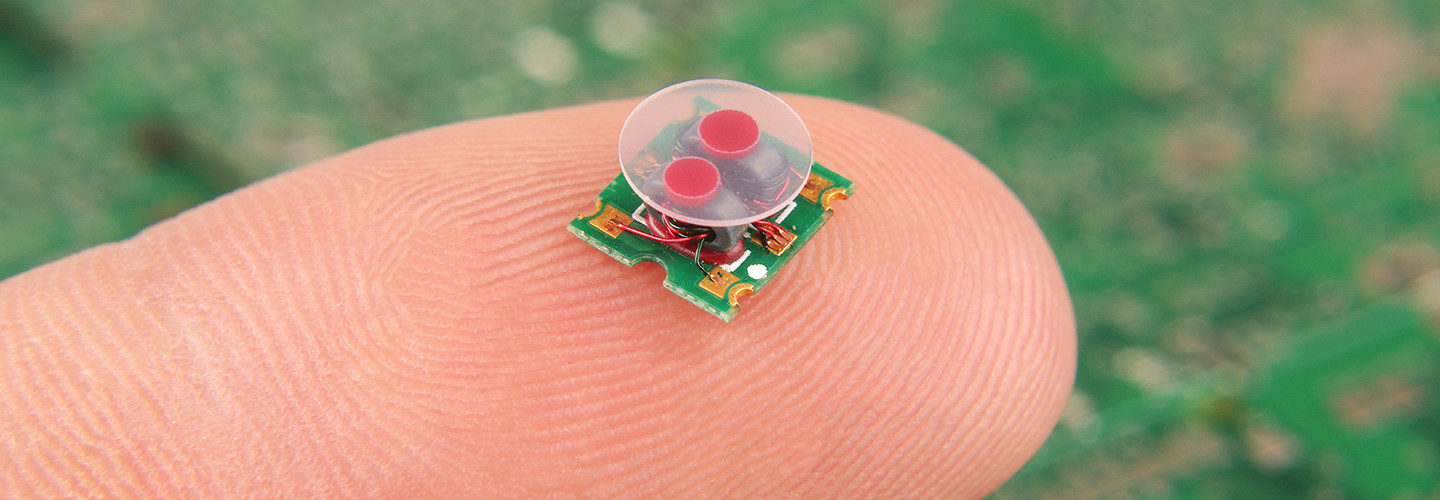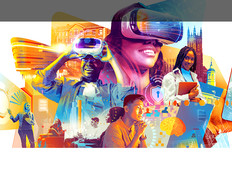When Kristofer Pister coined the phrase “smart dust” in 1997, he did so with his tongue planted firmly in his cheek.
“I was at UCLA, and everything in LA at that time was smart: smart houses, smart freeways. The world was smart,” says Pister, who is now a professor of electrical engineering and computer sciences at the University of California, Berkeley and co-director of the Berkeley Sensor & Actuator Center and the Ubiquitous Swarm Lab.
So why not name his wireless sensor nodes after something tiny — and call them smart — too?
“The idea that computation and communication and sensors are getting smaller and smaller and smaller and will disappear from view — that is very real,” he says.
MORE FROM EDTECH: See how universities are working with cities to boost the budget for technology projects.
Smart Dust Harvests Energy from Surprising Sources
More than 20 years later, Gartner named smart dust an emerging trend in its “Hype Cycle for Emerging Technologies, 2018” report. The technology has made leaps and bounds in its ability to expend small amounts of energy for tasks that once required a wired connection or bulky batteries. And the nodes are, as promised, small.
A version created at the University of Michigan — the Michigan Micro Mote, once considered the world’s smallest computer — is so tiny, researchers say, that 150 can fit inside a single thimble.
It’s now possible with very little energy to actually get a lot of stuff done.”
Ioannis Kymissis
Professor of Electrical Engineering, Columbia University
“The power requirements for electronics have become very low, so it’s possible to consider electronic systems that can harvest electricity from the environment and do something useful with that,” says Ioannis Kymissis, a professor of electrical engineering at Columbia University’s Fu Foundation School of Engineering and Applied Science. “It’s now possible with very little energy to actually get a lot of stuff done.”
“These tiny sensors can draw energy from something as small as vibrations and convert that energy into electricity,” says Diana-Andra Borca-Tasciuc, an associate professor of mechanical, aerospace and nuclear engineering at Rensselaer Polytechnic Institute.
MORE FROM EDTECH: Check out how universities can mitigate IoT risk on campus.
Tiny Sensors Expand Possibilities for the Internet of Things
While smart sensors aren’t new, tiny ones expand the realm of possibility, including in higher education.
“We’re already using wireless sensors to perform many research tasks,” says Borca-Tasciuc. “Having miniaturized sensors is good for the environment because it’s less waste and can enable us to collect a larger amount of data.”
Smart dust can improve on sensors that colleges already are using to do things such as provide climate control to classrooms (automatically lowering the shades when sunlight against a classroom window is detected, for instance) and enhance smart ID cards, she says.
0.3 mm
The size of the University of Michigan’s newest minuscule computing device
Source: University of Michigan, “An Even Smaller World’s Smallest ‘Computer,’” June 2018
The Internet of Things and self-sufficient computing both will gain momentum from smart dust, says Pister, because it’s a such a good fit for those types of operations.
“Networks of sensors surround us already,” Pister says. “They are in the walls. They are in your car. They may even be in your room right now if it has a thermostat occupancy sensor.”
Many of those sensors are hardwired or rely on batteries that must be replaced.
But with smart dust, he says, “the sensors you have already are becoming wireless and becoming energy-scavenging. It’s easy to put in place, and that lets you get more information about the environment you live in, and that makes lives better for a variety of reasons.”
audriusmerfeldas/Getty Images









